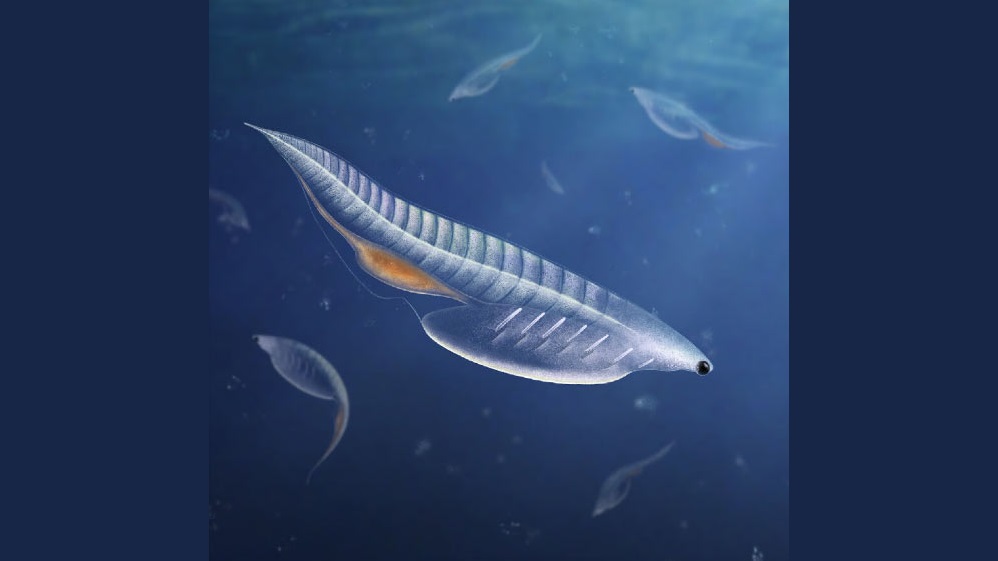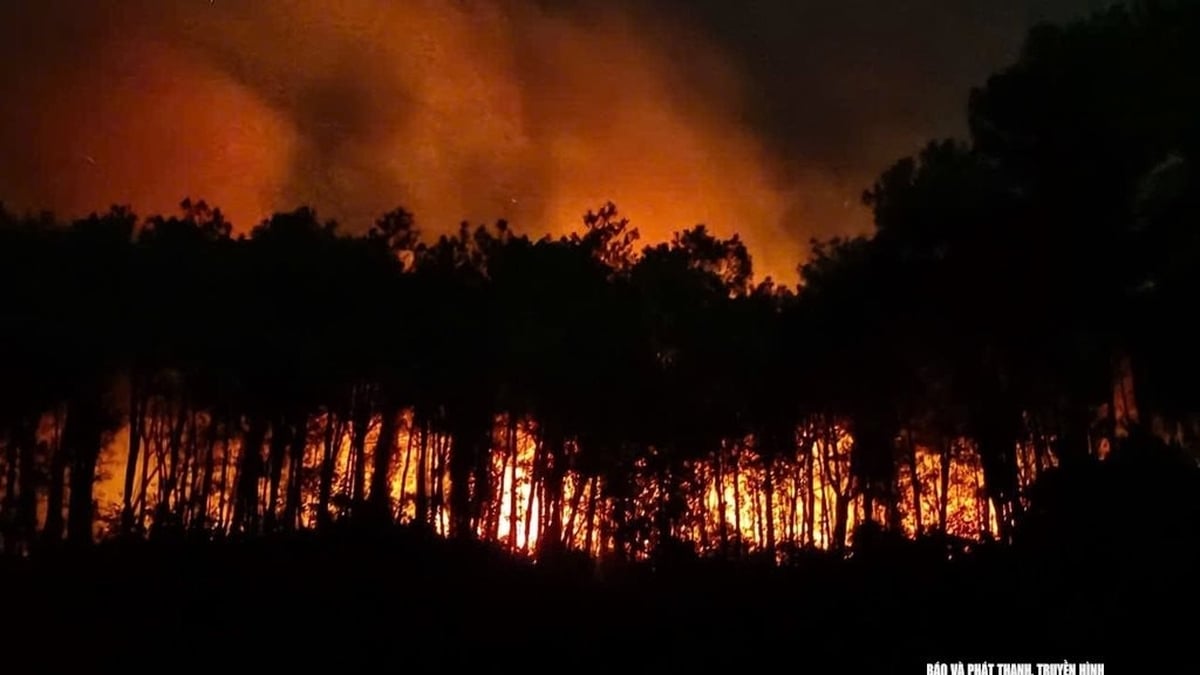(NLDO) - A previously unknown monster that lived 500-505 million years ago promises to answer many questions about ourselves.
According to Sci-News , the amazing fossil of the half-billion-year-old monster was found from the Marjum Formation in the House Range in western Utah, USA.
It has just been named Nuucichthys rhynchocephalus by scientists .

Torpedo monster Nuucichthys rhynchocephalus - Photo illustration: Franz Anthony
Dating back 500-505 million years, it belongs to the bizarre, rich class of monsters of the Cambrian biological explosion, which marked a quantum leap in animal evolution on Earth.
Just before the Cambrian period, Earth's animals were only primitive multicellular individuals, poor in species and morphology.
Then during this period, all of a sudden and rapidly evolved into a class of monsters of all shapes and sizes, increasing rapidly in both population and diversity.
Although most of them became extinct later, they were the species that laid the foundation for the later animal world .
Nuucichthys rhynchocephalus is all the more valuable to paleontology, as it is one of only four rare representatives of the ancestors of vertebrates from this period ever discovered in the world.
Vertebrates today include fish, amphibians, reptiles, birds, and mammals - including us.
“Early vertebrates began to have large eyes and a series of muscle masses that we call myotomes, which are very evident in this fossil,” said the research team led by paleontologists Rudy Lerosey-Aubril and Javier Ortega-Hernández from Harvard University (USA).
The new species also has a torpedo-like body, essentially sharing many similarities with larval fish – for example a chamber that resembles a rudimentary gill system – but lacks fins and thus has limited swimming ability.
But according to Dr Lerosey-Aubril, all of these features clearly indicate some relationship to vertebrates, even though this early species had not yet developed bones.
The authors speculate that Nuucichthys rhynchocephalus likely lived in the upper ocean.
For this reason, and because they lack biologically mineralized parts such as bones or shells, they are particularly susceptible to rapid decomposition and rot after death, which explains why they are so rarely fossilized.
The study was recently published in the scientific journal Royal Society Open Science.
Source: https://nld.com.vn/phat-hien-quai-vat-ngu-loi-nua-ti-nam-tuoi-o-my-196240726064530681.htm



































































































Comment (0)